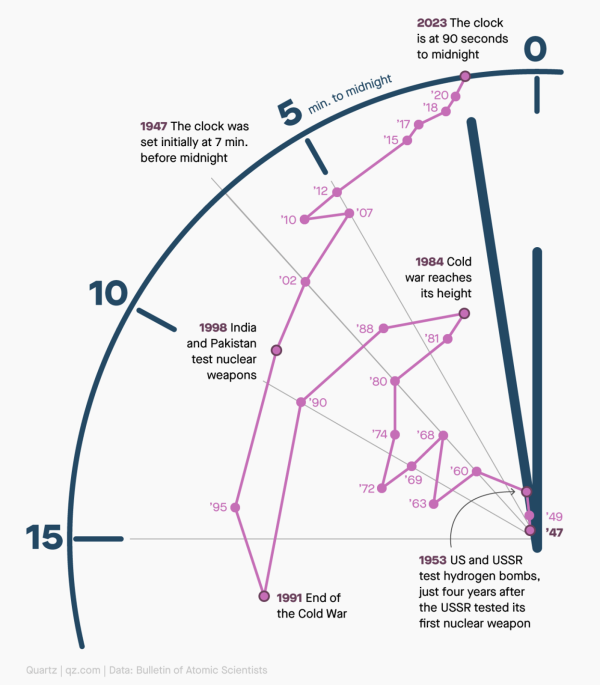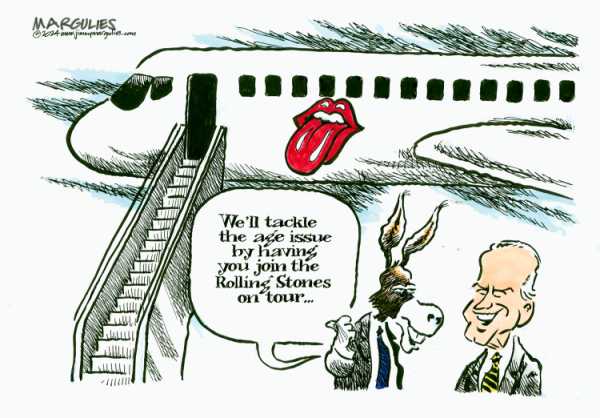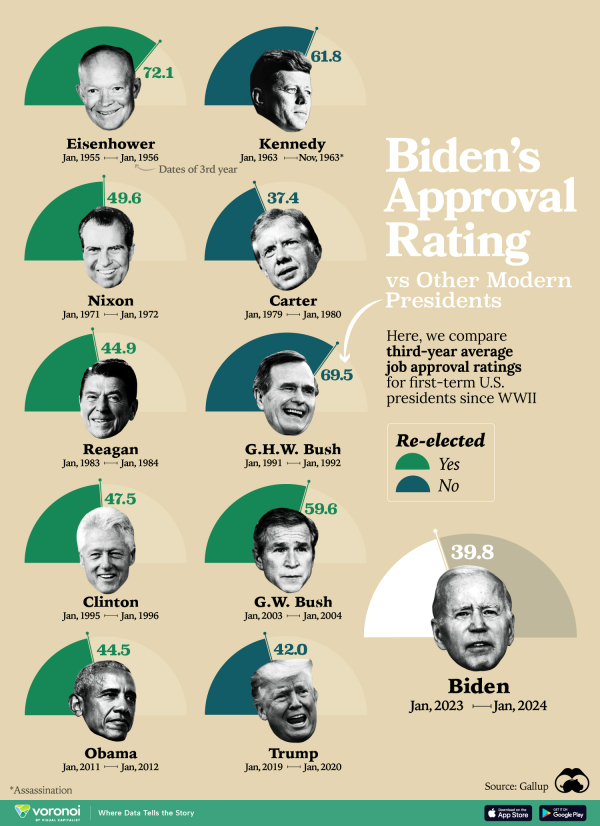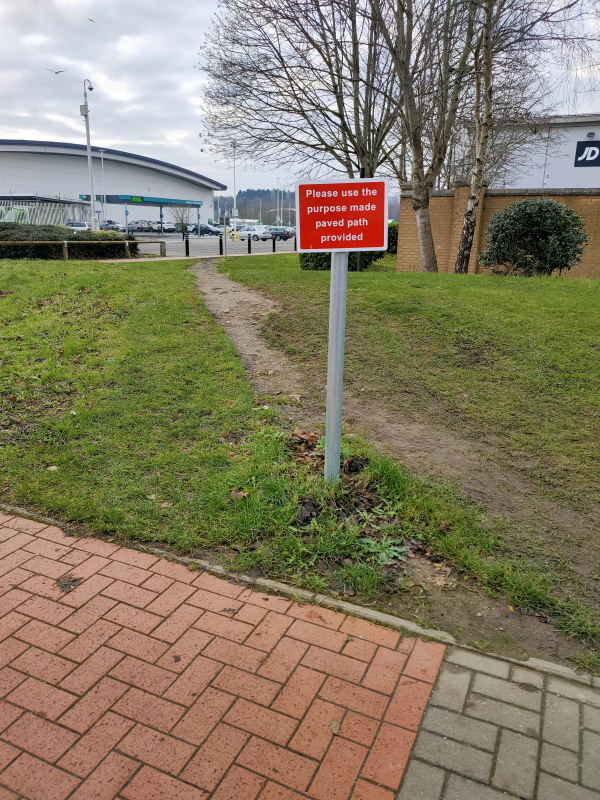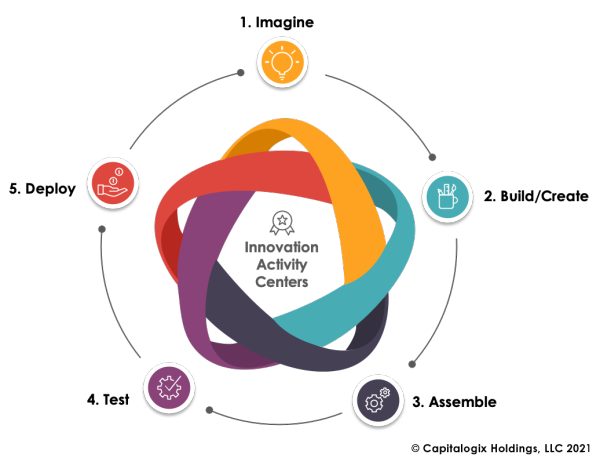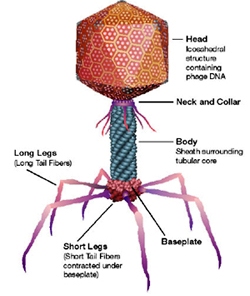I recently came across an interesting technique that fighter pilots use to make fast and accurate decisions in high-stakes situations.
The Air Force calls it an OODA Loop.
It is an iterative feedback model that Colonel John Boyd designed as a foundation for rational thinking in chaotic situations like dogfights.
It stands for Observe, Orient, Decide, Act.
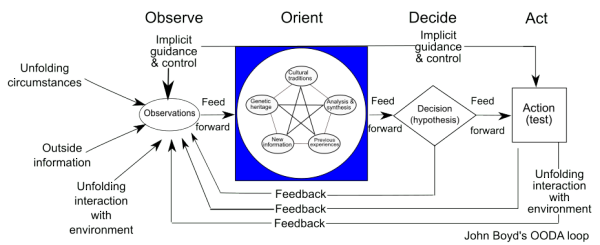
via Wikipedia
Why do people use decision models? Obviously, to make better decisions. But really, they use models to create a process that avoids many of the mistakes or constraints that prevent good decisions.
You make countless decisions every day – and at a certain point, you reach decision fatigue. It can be harder to make decisions when you are tired, after you've made too many, or when the intensity of the environment distracts or drains you.
It's one of the reasons I rely on artificial intelligence. Here are some others.
- Best practice becomes standard practice.
- It accounts for signal and noise.
- It attempts to quantify or otherwise make objective assessments, comparisons, and choices.
- And, it often gives you a better perspective by letting you apply and compare different models or decision techniques to achieve the desired outcome.
Nonetheless, many algorithms are dynamic and adaptive automation of processes or strategies that humans have used successfully before.
So, let's take a closer look at the OODA Loop, which stemmed from analyzing many interactions between and among fighter pilots during battle and training.
Observe
The first step is to observe the situation to build the most accurate and comprehensive picture possible. The goal is to take in the whole of the circumstances and environment. It's not enough to observe and collect information … you must process the data and create useful meaning.
It's the same with data collection for an AI system. Ingesting or collecting data isn't enough. You have to be able to apply the data for it to become useful.
Orient
The second step is less intuitive but very important. When you orient yourself, it becomes easier to recognize strengths, weaknesses, opportunities, and threats to identify how changing the dimensionality or perspective alters the outcome.
This step reconnects you with reality in the context of your cognitive biases, recent decisions, and more. For example, have you received new information since starting?
I think of this as carrying a map and pulling out a compass while exploring new lands. Sometimes, you need to remember where you started, and sometimes, you need to make sure you're going where you think you are.
Decide
The last two steps provide the foundation for taking action.
When there are multiple decisions in front of you, observing and orienting help you choose wisely.
In business and with AI, you can go through these loops multiple times.
Act
Finally, remember that the best-made plans mean nothing if you don't act on them.
Once you've taken action, you can reobserve, reorient, and keep moving forward.
Conclusion
Like most good mental models, The OODA loop works in many situations and industries.
Speed is often a crucial competitive advantage. For example, knowing (and taking decisive action) while others are still guessing (and taking tentative action) is something I call time arbitrage.
Said another way, you make progress faster by walking in the right direction than by running in the wrong direction.
These processes (and technology) also help us grow more comfortable with uncertainty and uncomfortableness. Markets are only getting more volatile. Uncertainty is increasing. But, when you have the ability to adapt and respond, you can survive and thrive in any climate.



